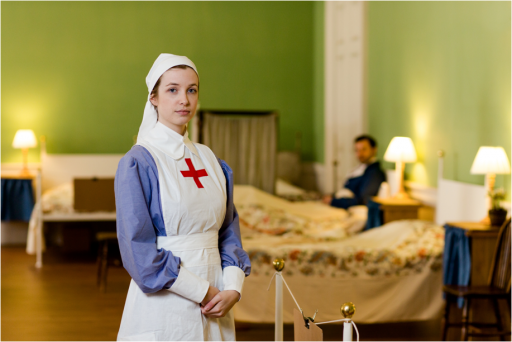Dunham Massey country house in Cheshire, England, has been reconverted to reflect its role as Stamford Military Hospital during the First World War.
To commemorate the Centenary of the conflict, the National Trust has transformed the rooms at Dunham Massey to their former wartime selves.
They were opened to the public on the 1st March 2014.
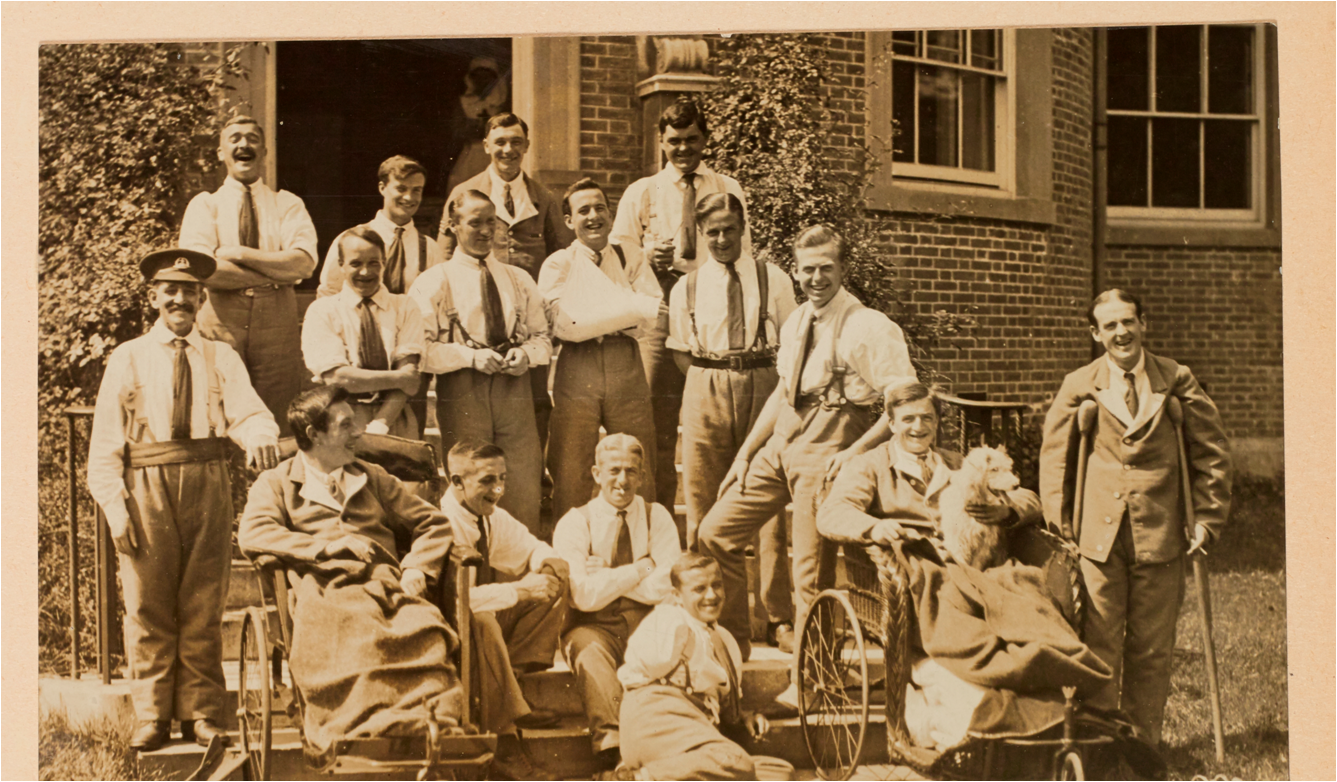 Soldiers relaxing in July 1917, courtesy of John Rylands Library
Soldiers relaxing in July 1917, courtesy of John Rylands Library
Stamford Military Hospital
Dunham Massey was the Stamford Military Hospital between April 1917 and January 1919, where more than 280 soldiers convalesced during that time.
More than 5,000 private houses were offered up as auxiliary hospitals during the war to help cope with the huge amount of casualties. Of these, 3,244 were turned into hospitals by the Red Cross and Order of St. John.
Stamford Military Hospital’s main ward in the grand Saloon, the soldiers also had a recreation room. An operating theatre and nurses’ station were also established. These areas of the hospital have been recreated, and visitors will be able to see original artefacts, letters and photographs on display.
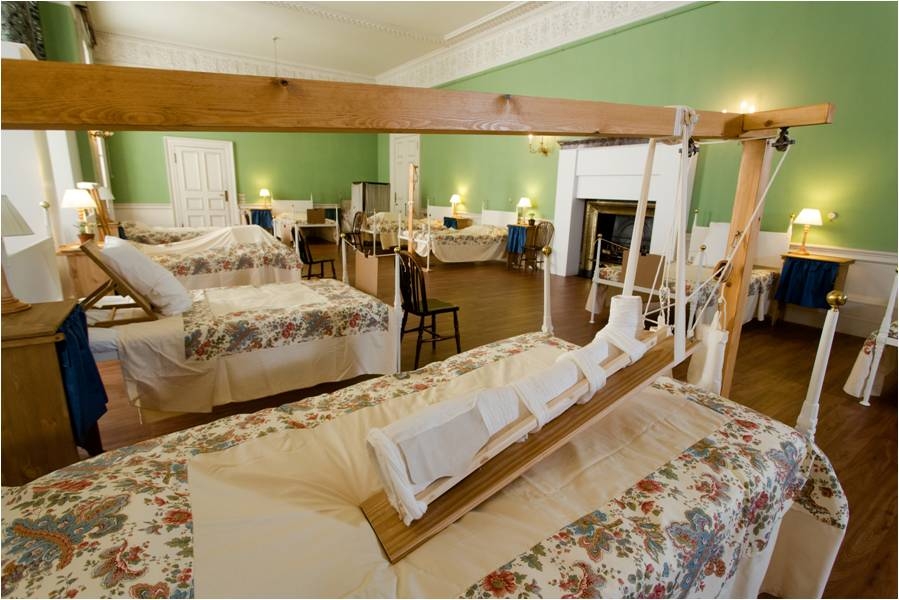 The hospital’s main ward in the grand Saloon, featuring a close up of a Thomas Split, courtesy of the National Trust/David Jones
The hospital’s main ward in the grand Saloon, featuring a close up of a Thomas Split, courtesy of the National Trust/David Jones
Dunham’s Visitor Experience Manager, Liz Webb, said that she hoped the transformation of the house would “offer visitors an experience which is both immersive as well as very personal”.
“They will be given (as the soldiers were) a hospital admission ticket on arrival. Each ticket will highlight some of the true life stories of the real people featured in the hospital re-creation. Visitors can look out for these people throughout their visit and find out what happened to them before, during and after the war”.
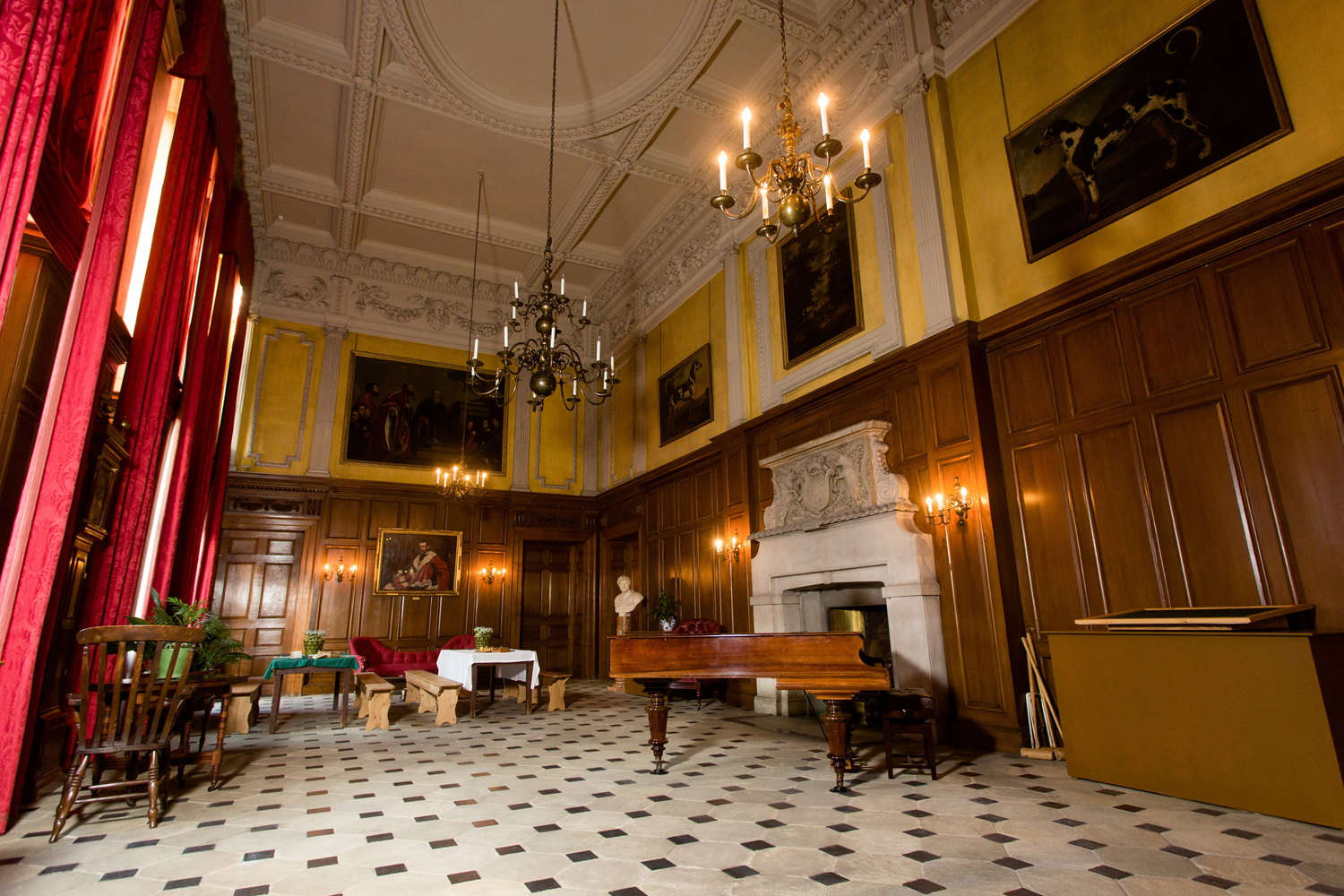 The Great Hall, which served as the soldiers’ rec room, courtesy of the National Trust/David Jones
The Great Hall, which served as the soldiers’ rec room, courtesy of the National Trust/David Jones
Lady Grey
Dunham Massey was offered during the war to the Red Cross by Penelope, Lady Grey, Countess of Stamford.
Stamford Military Hospital treated non-life threatening injuries and was one of the thousands of auxiliary hospitals established in order to relieve pressure on more specialist hospitals, as well as the many Front Line field hospitals. At the outbreak of the war, there were 7,000 hospital beds in Britain. By the Armistice, there were more than 364,000.
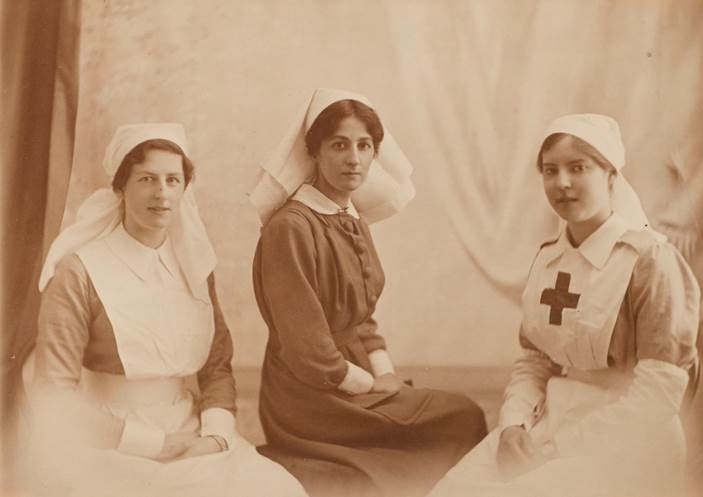 Nurse Brownlow, Sister Catherine Bennet and Lady Jane Grey
Nurse Brownlow, Sister Catherine Bennet and Lady Jane Grey
Lady Stamford worked as the hospital’s Commandant and was ultimately responsible for its administration. Her daughter, Lady Jane Grey, who was aged 15 when the war began, helped transform Dunham into the hospital and spent much of the war years living and working there as a Voluntary Aid Detachment nurse.
The senior member of staff responsible for the day to day running of the hospital was Sister Catherine Bennett. A qualified nurse, with “a commitment to high standards was probably a key reason for the [hospital’s] excellent results” – there were no fatalities on site amongst the 282 patients housed there between 1917-1919.
Katie Taylor, Dunham’s House and Collections Manager stated that the house was “so lucky to have an extraordinary archive of photographs, letters, diaries, medical records and recordings relating to Dunham’s period as a wartime hospital”.
“These have enabled staff and volunteers to research the day to day experiences of Lady Stamford, Lady Jane, Sister Bennett and many of the soldiers who were treated and offer visitors the chance to discover their stories. Original pieces of medical equipment and hospital furniture have also been used and replicated to recreate the hospital and evoke the poignant atmosphere of that time”.
Source: National Trust press release
Date of press release publication: 01/03/2014
Posted by: Daniel Barry, Centenary News
